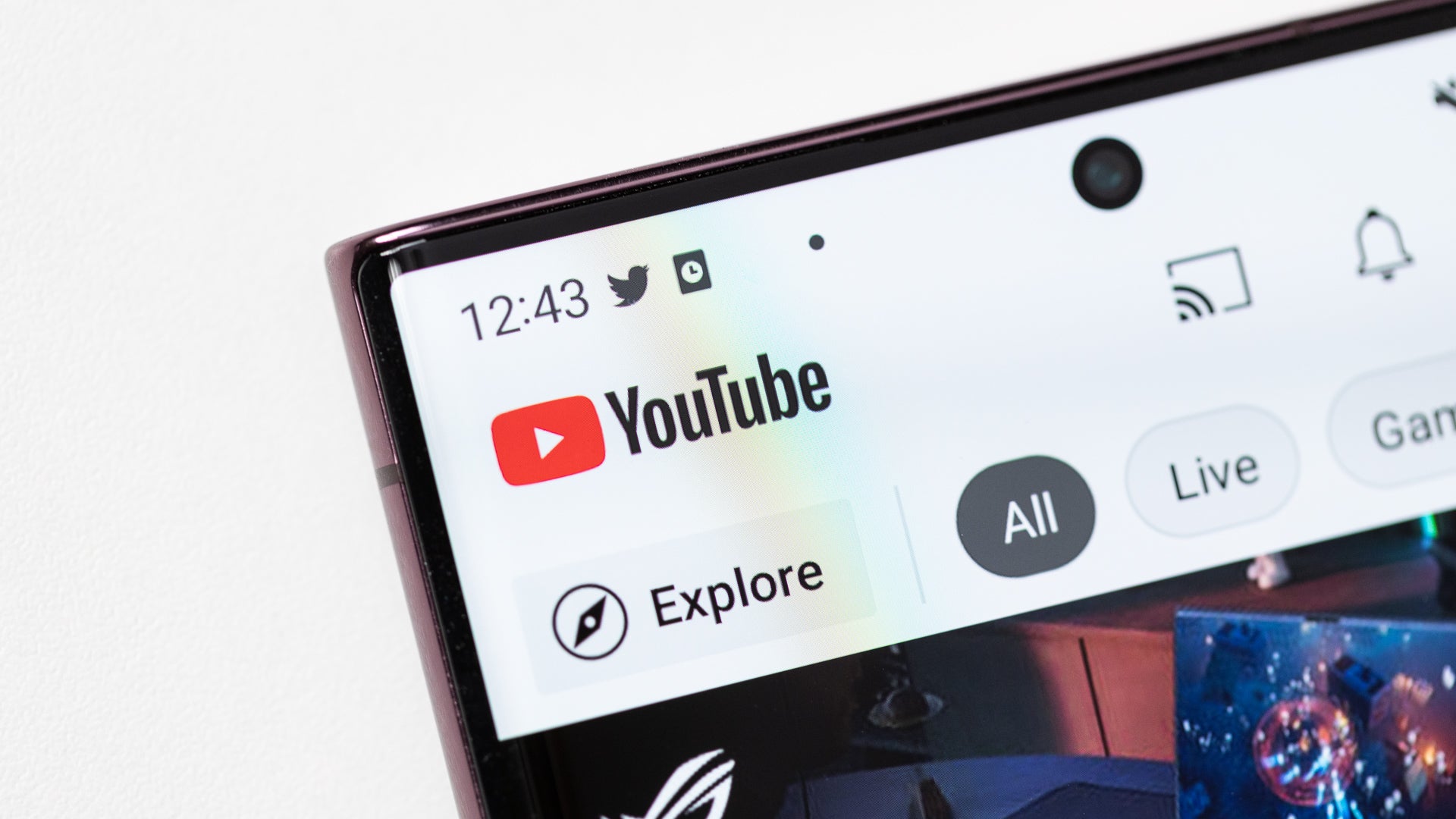[ad_1]

️ heads up: we’re seeing reports of a phishing attempt showing no-reply@youtube.com as the sender
be cautious & don’t download/access any file if you get this email (see below)
while our teams investigate, try these tips to stay safe from phishing: https://t.co/x9Ysnm9SSmhttps://t.co/MNQtrB7zbx
— TeamYouTube (@TeamYouTube) April 4, 2023
The fake message reads that there are changes in YouTube’s monetization policy, which “requires” you to click on a link and download a document. For those who have experience with phishing emails, once this sentence is read it is easy to get at least a little suspicious, but there is a good probability that many would miss it. Downloading this file would most likely compromise your device’s security and privacy, so it must be avoided!There is no word from YouTube stating that the company is doing anything specific to combat this wave of phishing emails so far. At some point, especially with the issue gaining more popularity, scammers will likely stop using this method, but they always find a workaround.
General safety measures against phishing emails
So, what can you do to protect yourself from falling for one of these tactics? One way is to do a quick Google search and see if it is something common or well-known. Even if the email does not look suspicious, it is still worth it to do a quick check online.
Another common trait is that such emails usually make you download a file or go to a web page implying some kind of urgency that usually does not make sense. A legitimate business would seldom require you to download something random or head to a page that seems out of place.
In other words, if you think something doesn’t seem right or looks odd, make sure to do some digging before taking any kind of action. You can even wait about a week to check if any reports pop up online.
[ad_2]
Source link
